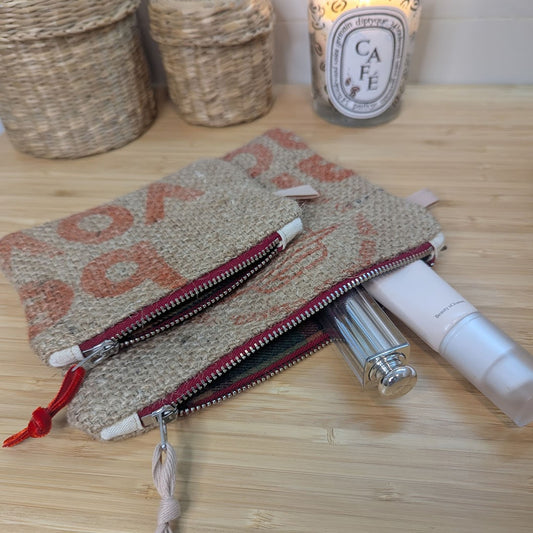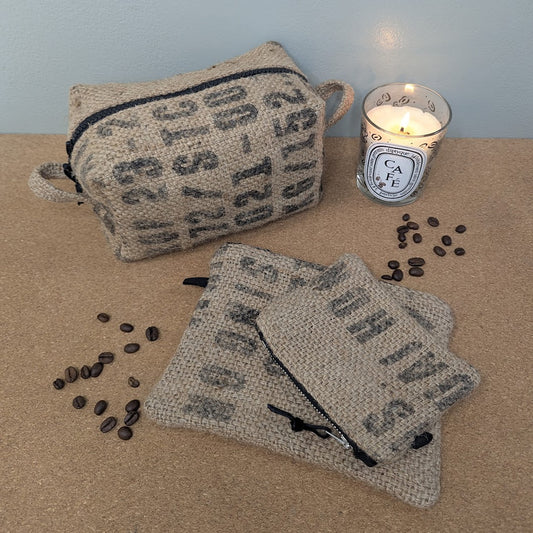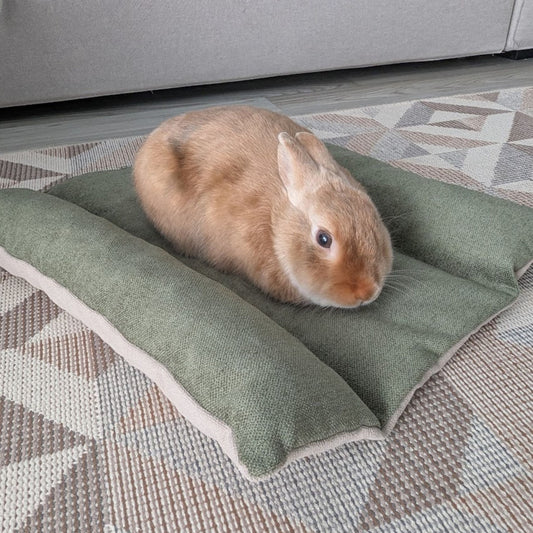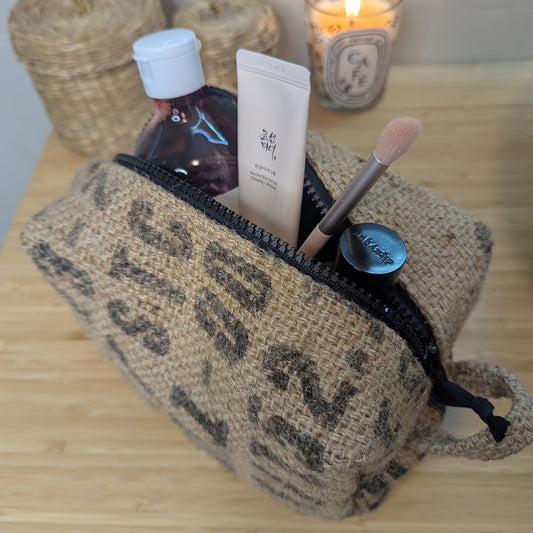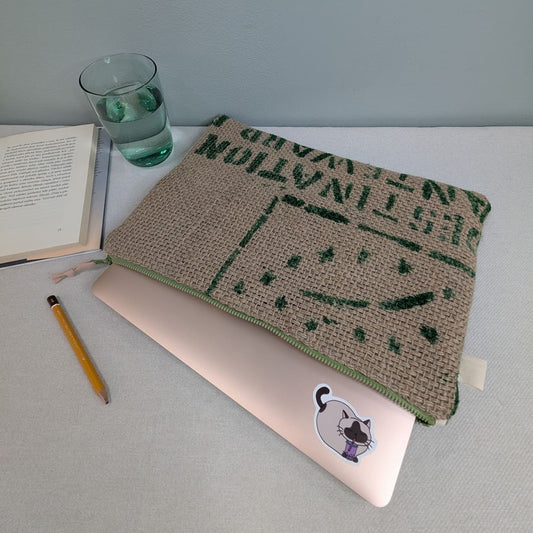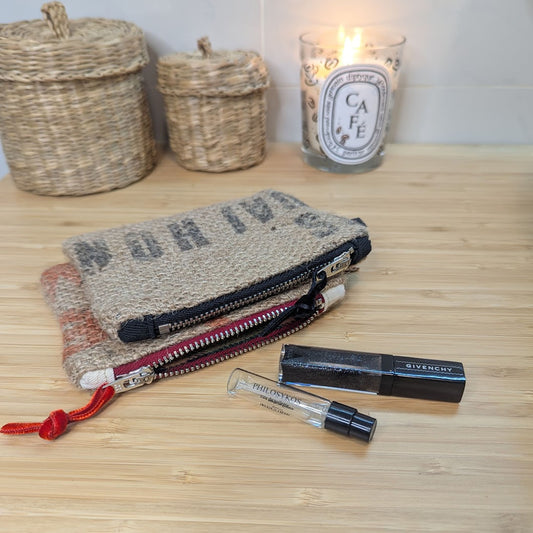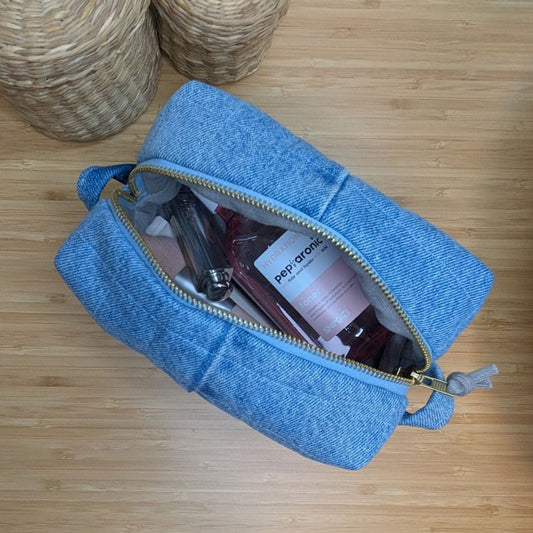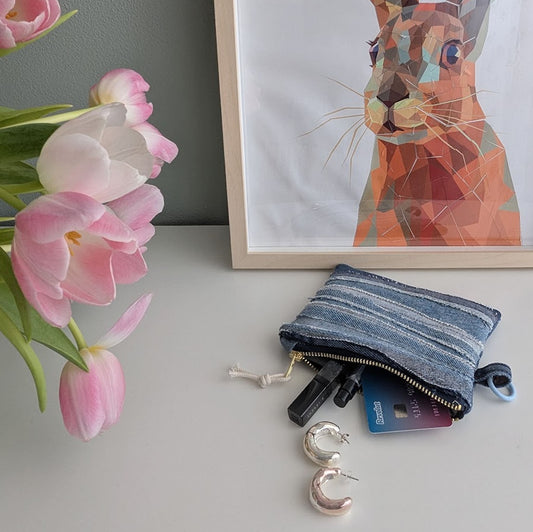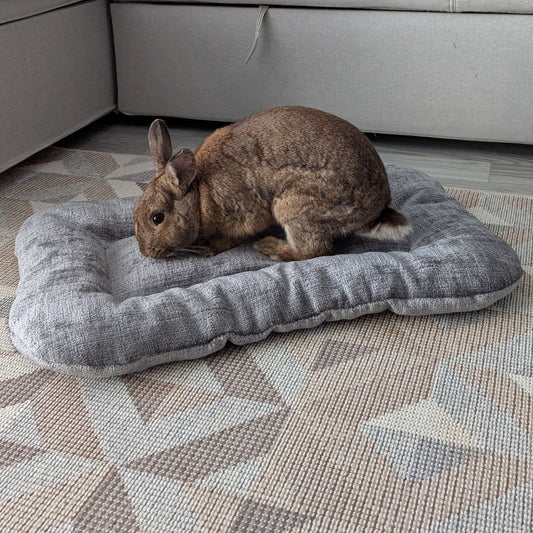
What is upcycling and why is it important?
Share
We live in a time of overproduction, where millions of tons of clothing, furniture, and other items that could still be useful are thrown away every year. This is where upcycling comes in – a creative way to give new meaning to old materials.
What is upcycling?
Upcycling is the process of transforming unwanted or discarded materials into new, high-quality, functional products. Unlike recycling, which typically requires breaking down the material into its raw materials (such as paper into pulp), upcycling preserves the original material and repurposes it with minimal modification. This saves energy and resources while creating unique products.
Why is upcycling important for our planet?
Every upcycled product means less waste in landfills and less use of new raw materials. For example, the textile industry is one of the biggest polluters on the planet, and upcycling helps to mitigate its impact. Instead of old jeans ending up in the trash, they can be transformed into practical bags or pet beds.
The main benefits of upcycling include:
- Waste reduction – fewer things end up in landfills and incinerators.
- Saving natural resources – fewer raw materials means less burden on the planet.
- Lower carbon footprint – producing upcycled products often requires less energy than producing them from new materials.
- Unique design – each upcycled product is an original that tells a story.
Upcycling in everyday life
Upcycling isn't just for creatives and designers - everyone can get involved! For example, you can try turning an old t-shirt into a bag, renovating old furniture or supporting brands that produce upcycled products. Every step towards a more sustainable lifestyle counts.



